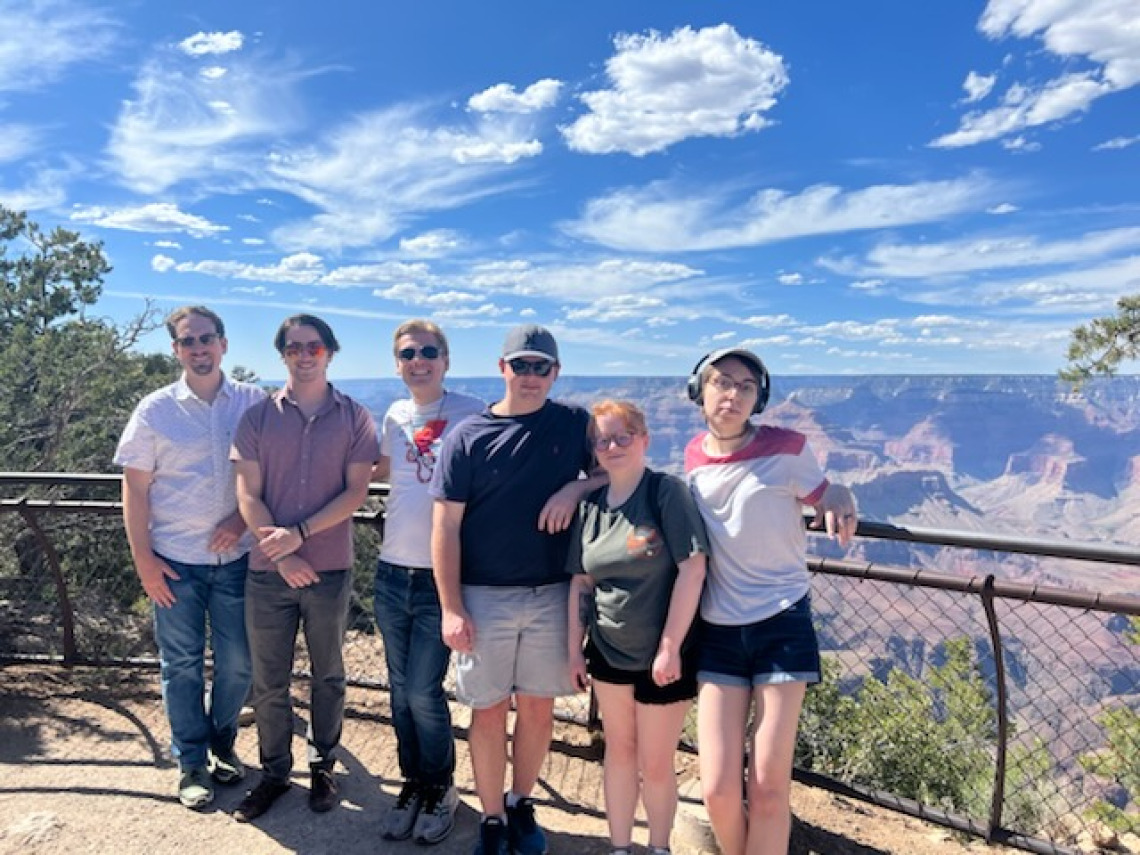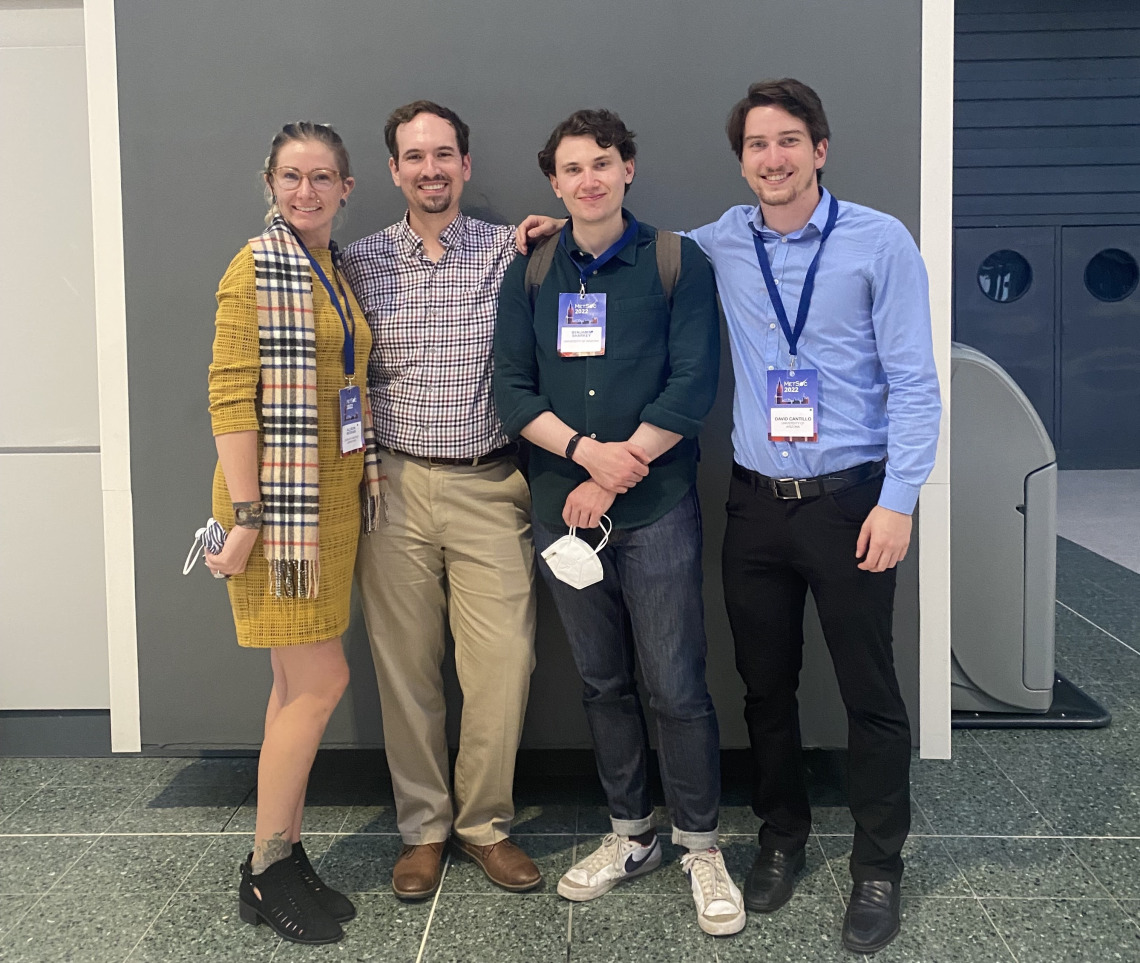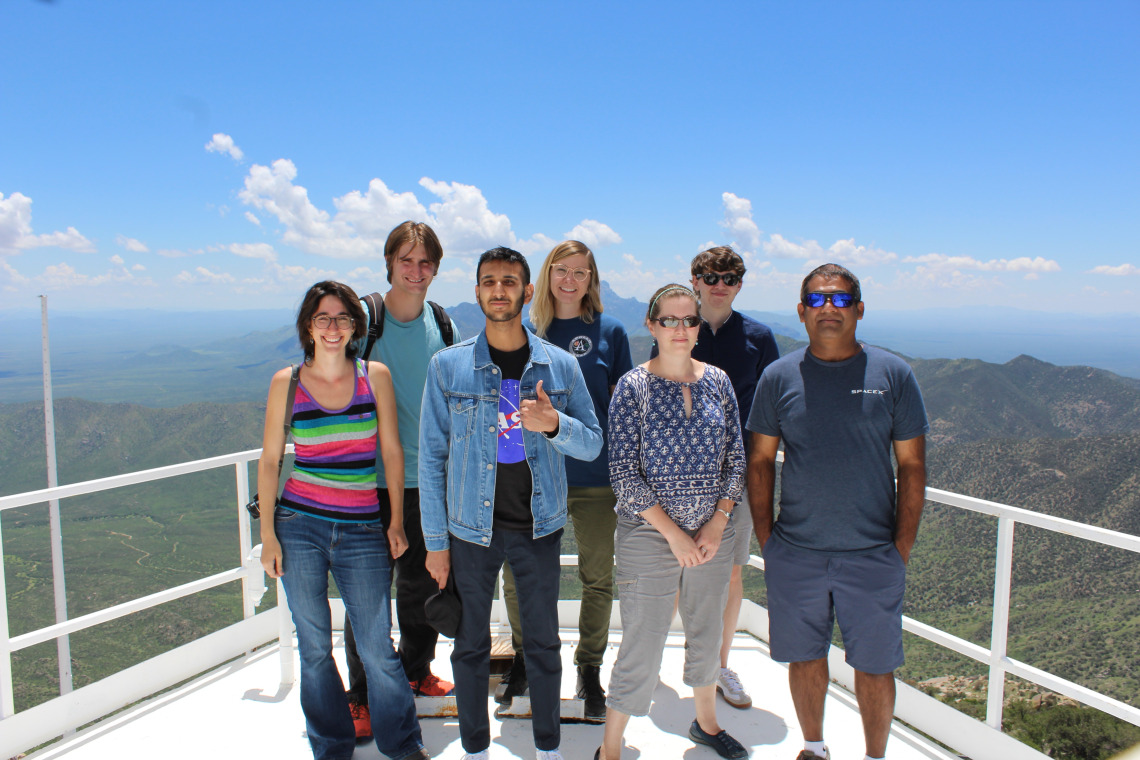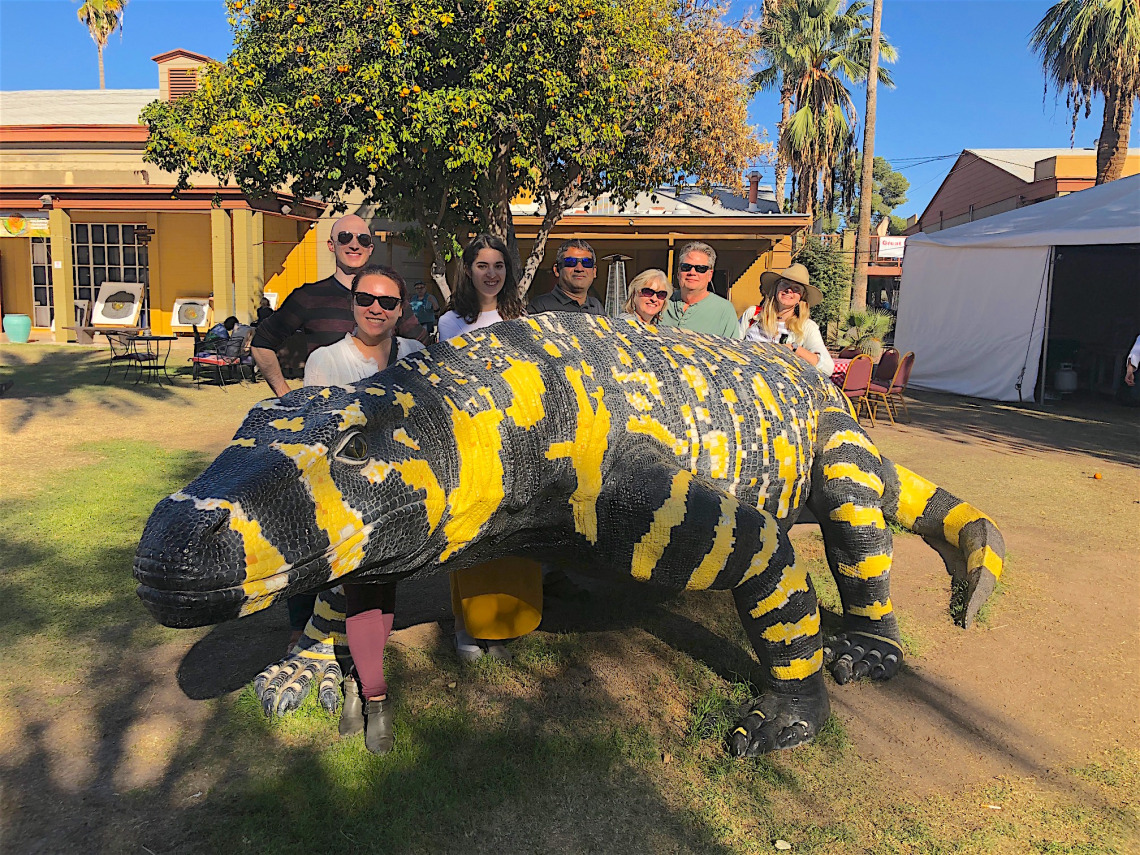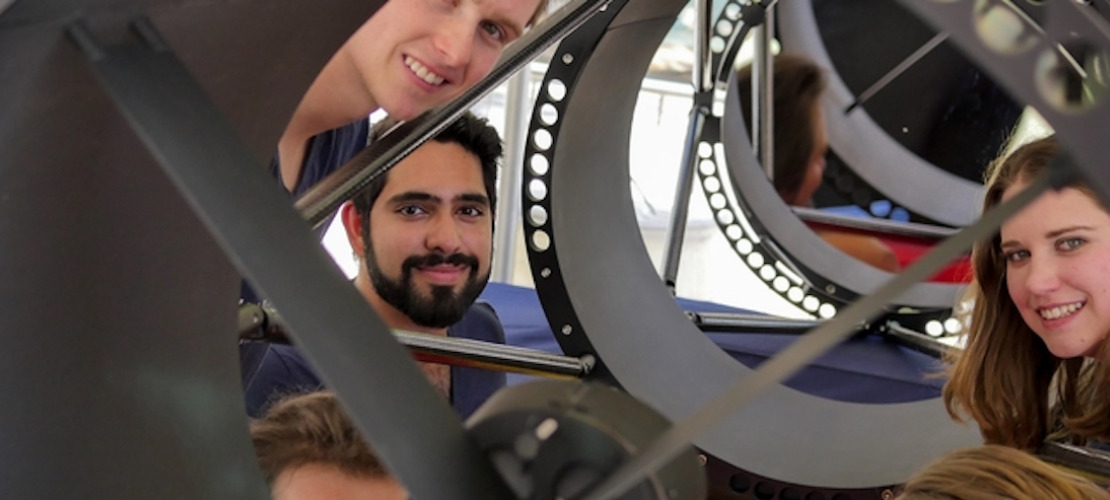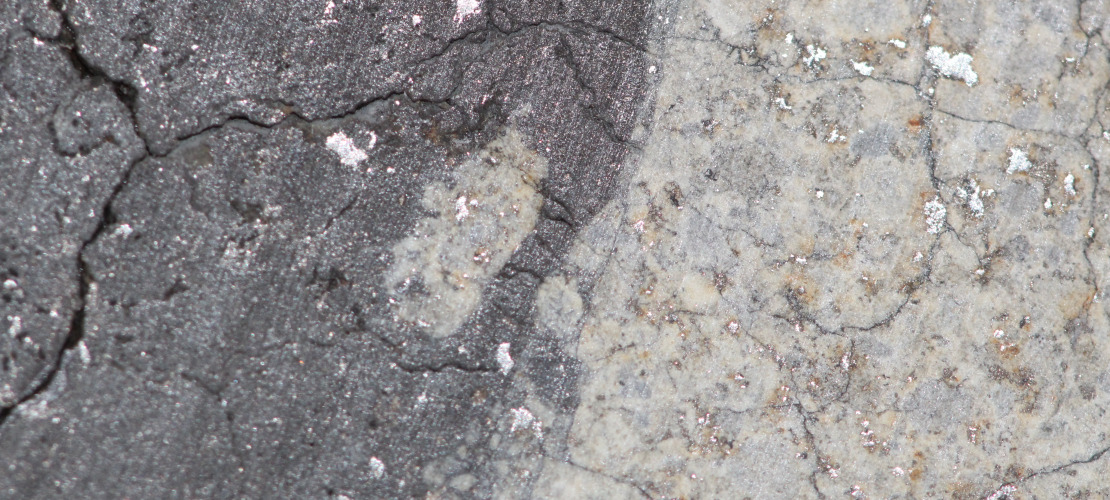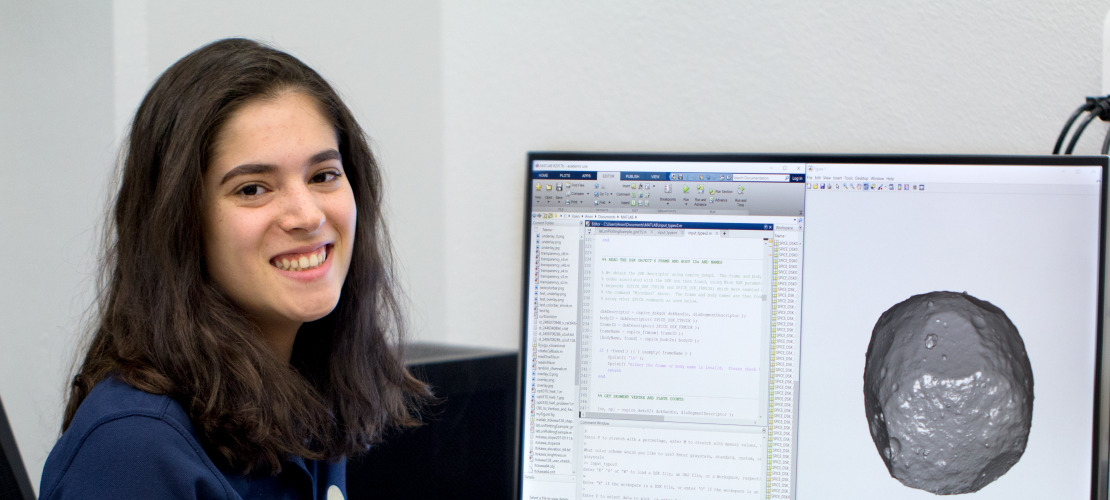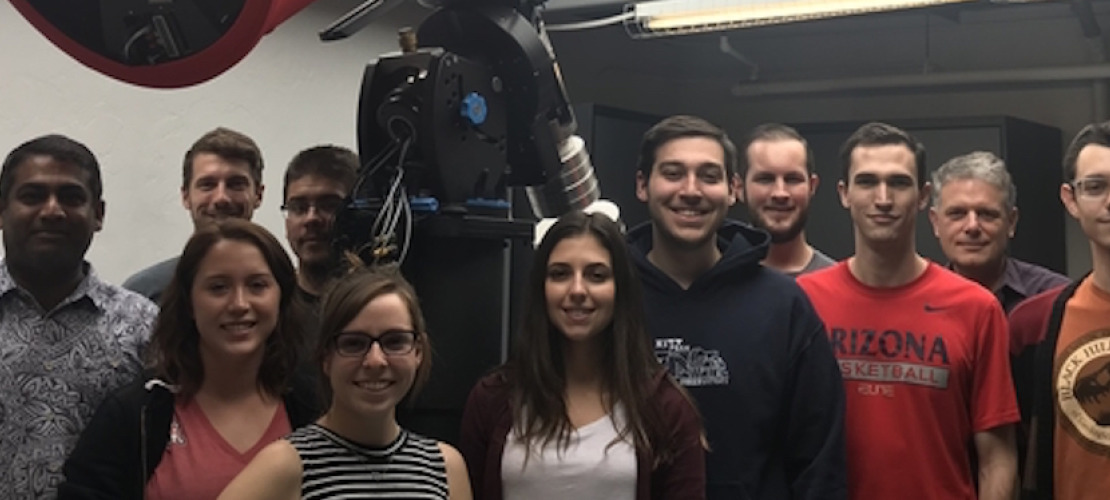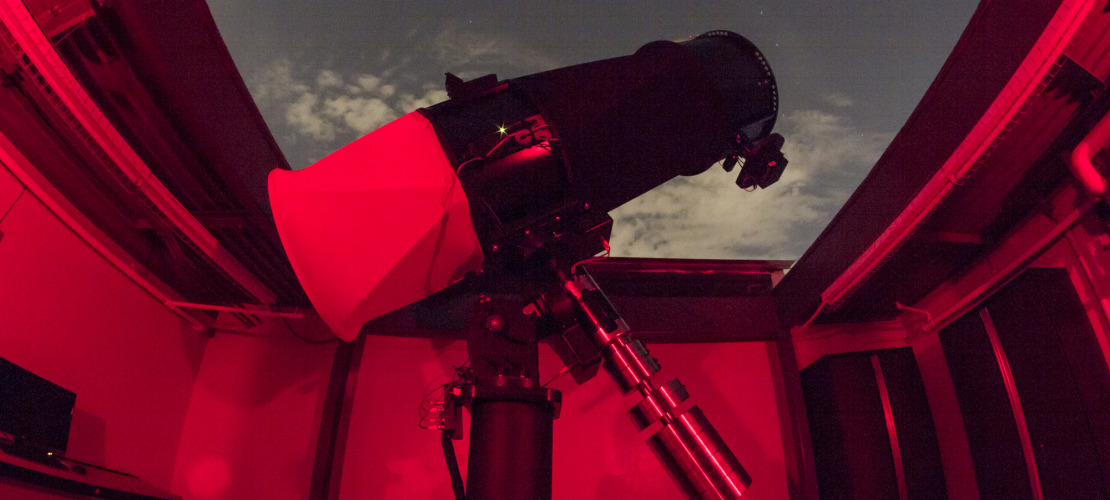Welcome
Our research group consists of several projects in two broad areas:
1) Small Bodies in the Solar System
2) Space Surveillance
Projects related to small bodies include characterization of near-Earth asteroids for planetary defense, asteroid-meteorite link, rapid recovery of meteorites using radar and ground-based support for spacecraft missions. Space surveillance topics of interest include daytime imaging, telescopic and laboratory spectral characterization of space materials, sensor tasking, and cyber infrastructure for big data.
For studying small bodies in the Solar System we use data from our spectroscopy laboratory, ground-based telescopes and spacecraft orbiting asteroids in the main belt. The primary goal here is to characterize the surface properties of these objects and link them to meteorites that have arrived on Earth. Characterizing and understanding the linkage between meteorites and asteroids are important for understanding the origins of our solar system and the early geologic history of the solar system. We use the NASA Infrared Telescope Facility (IRTF) on Mauna Kea, Hawai’i to observe near-Earth asteroids in the infrared wavelengths to constrain their surface composition, albedo and size. We are also involved in NASA’s Dawn mission to asteroid Ceres working with the Framing Camera team; NASA’s NEAScout mission to near-Earth asteroid 1991 VG; Japanese Space Agency’s DESTINY+ mission to near-Earth asteroid Phaethon; and NASA’s NEOCam Phase A study.
Orbital space around our Earth is congested, contested and competitive. Our research group is actively working to ensure sustainable management of this valuable resource for future generations. Our spectroscopy lab is capable of characterizing space material under space-like conditions so we can better interpret spectral properties of objects in Earth orbit and uniquely identify them. We have a dedicated telescope for collecting visible wavelength spectral data (0.35-1.0 µm) of space objects. Undergraduate engineering students built the RAPTORS telescope that will enable us to characterize objects in geostationary belt.
